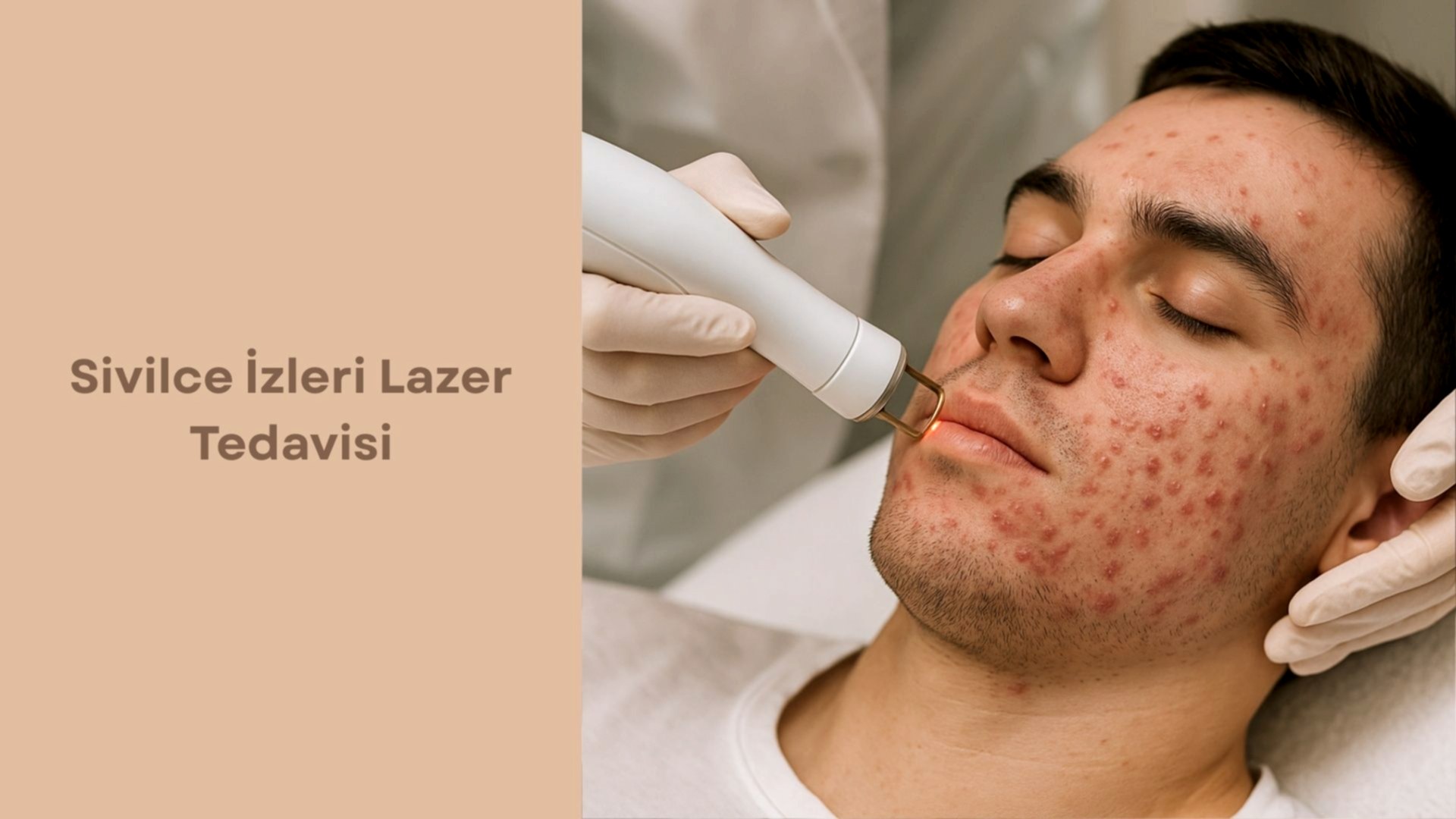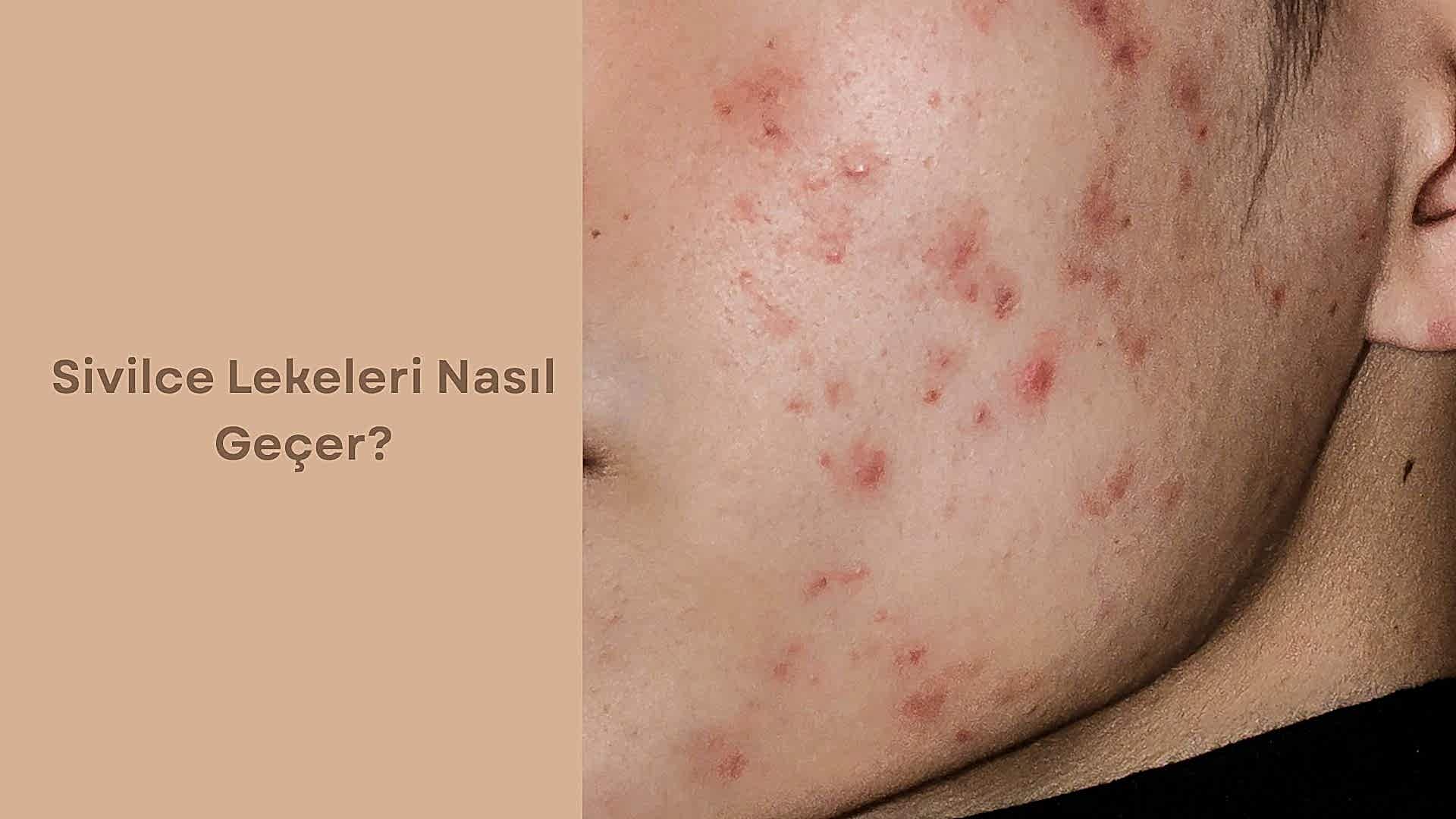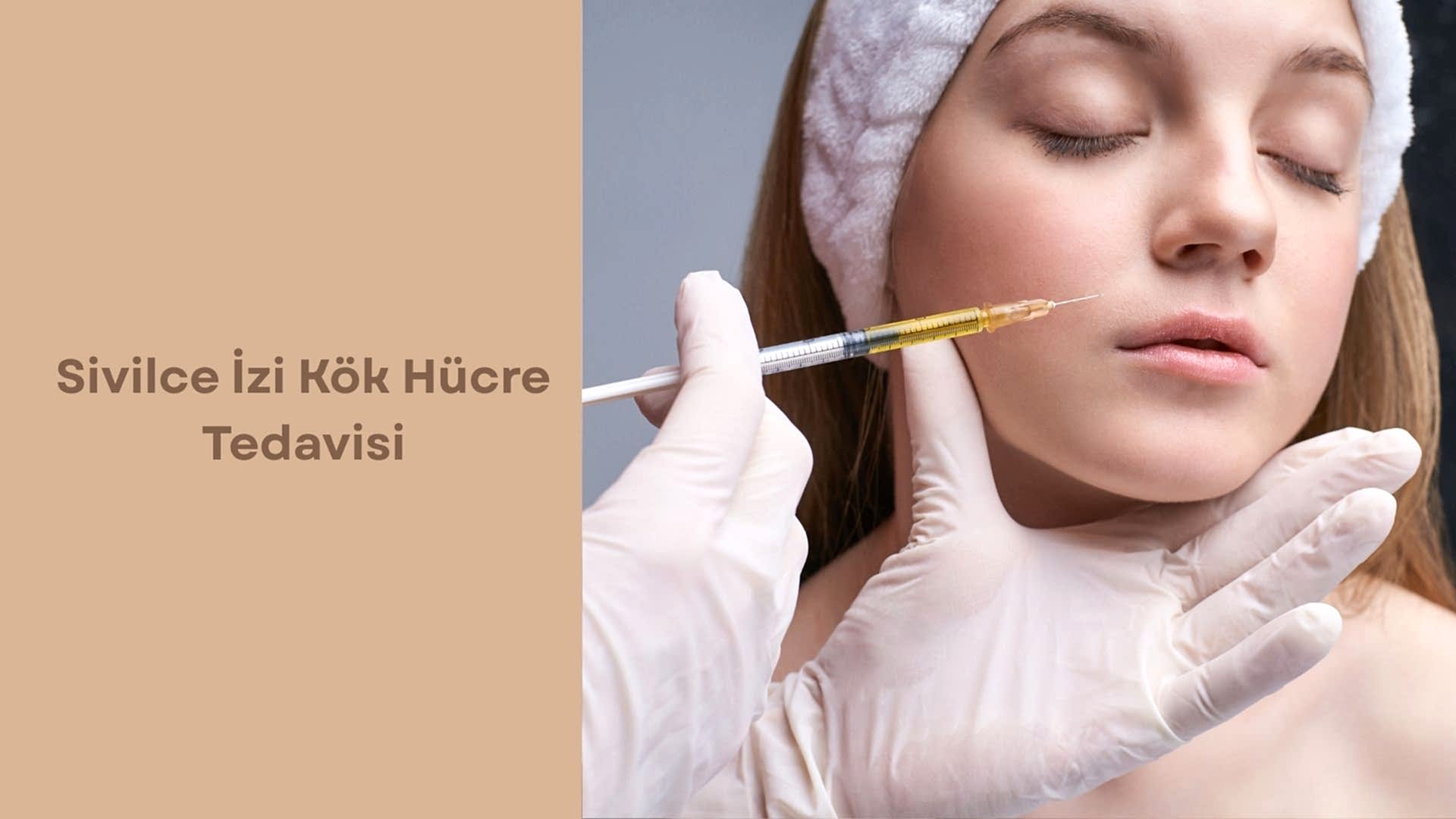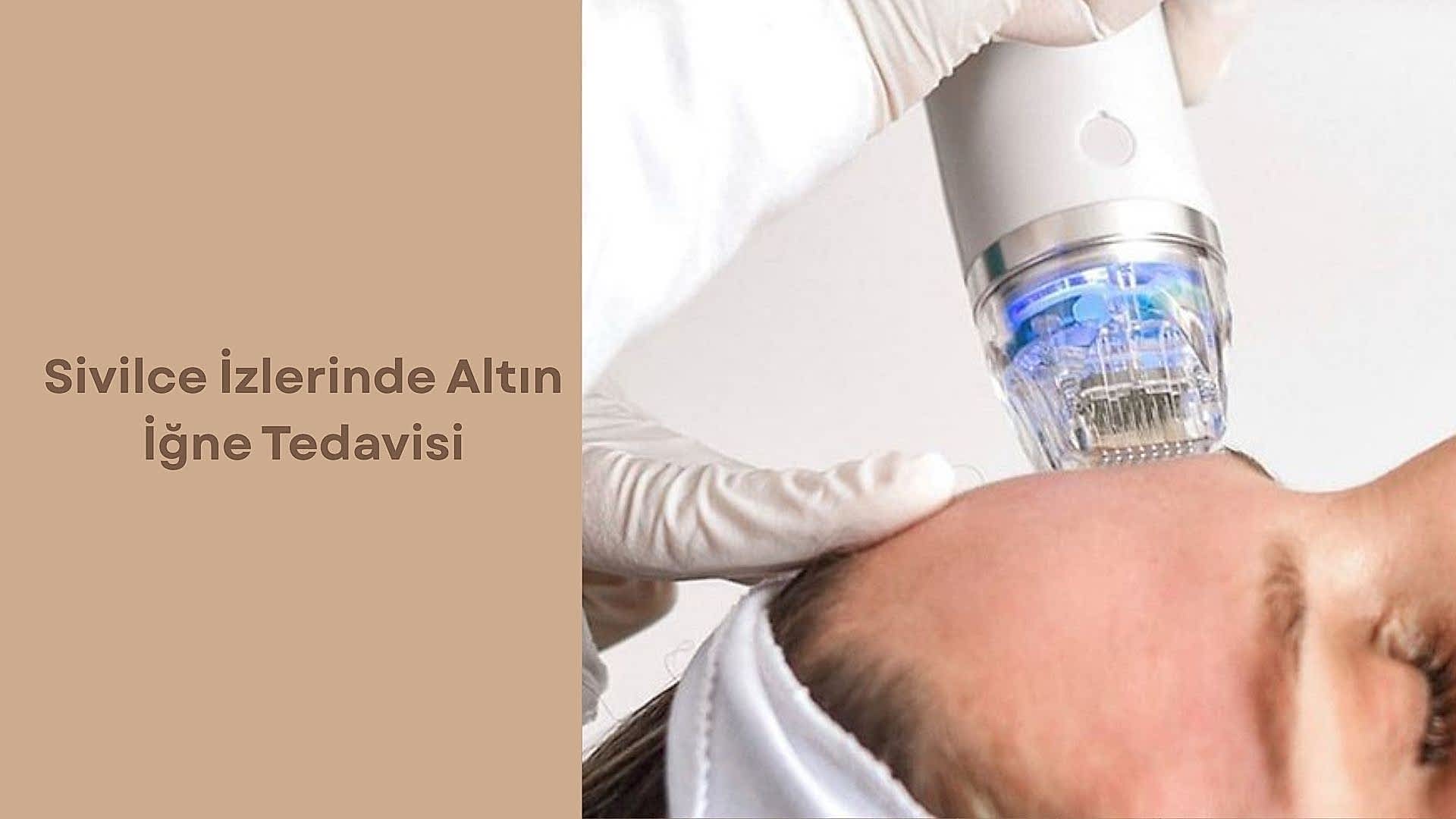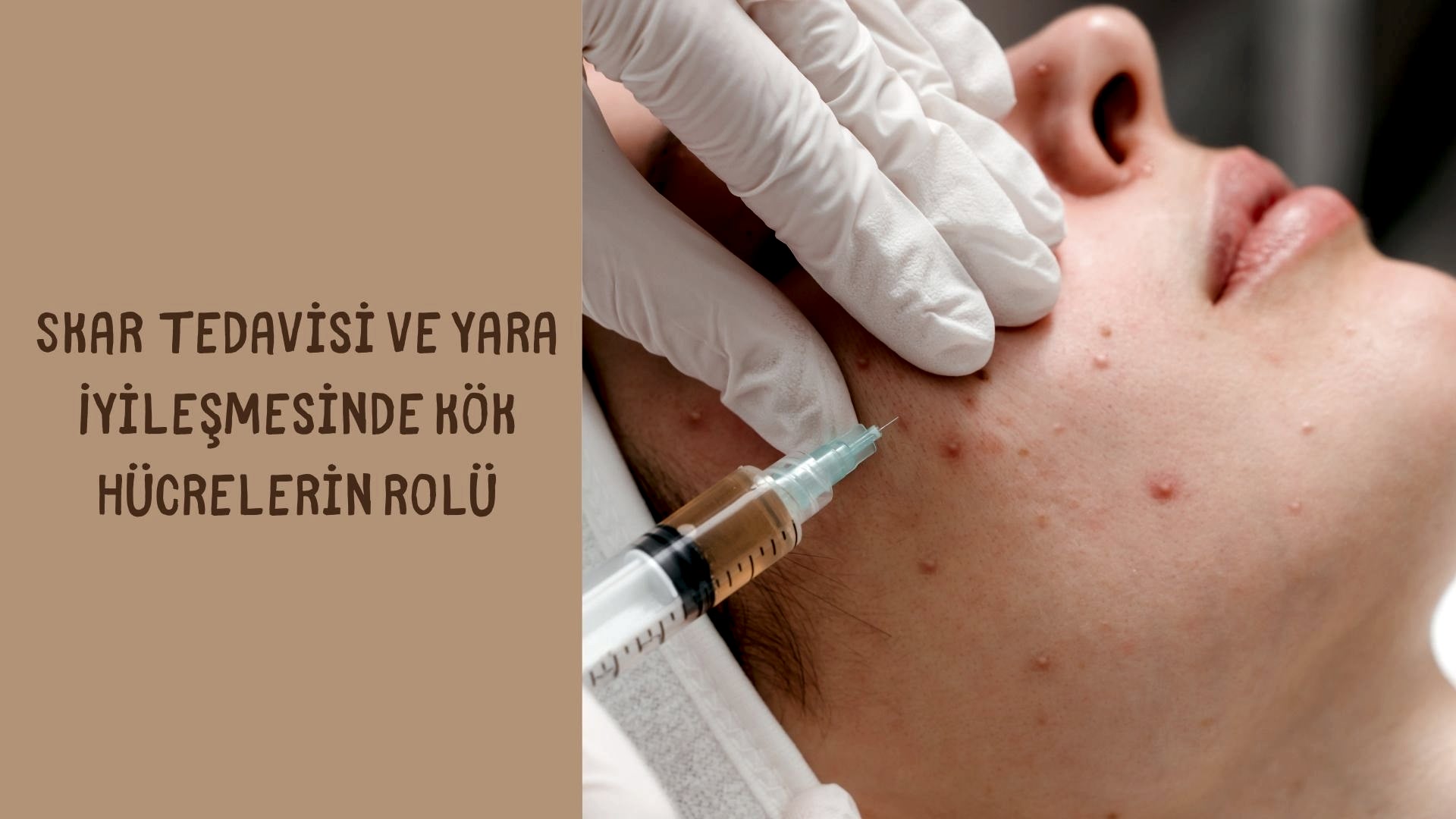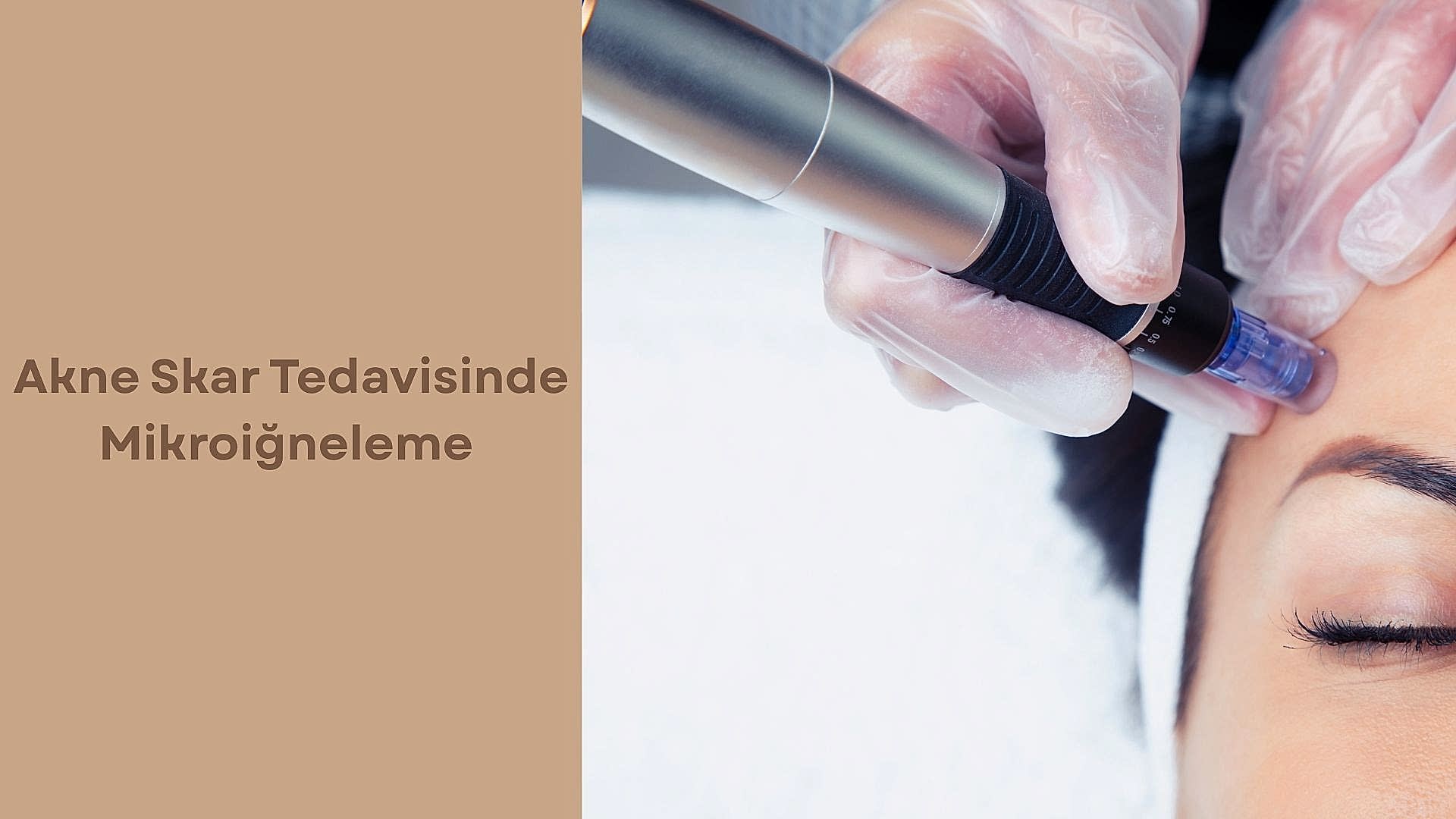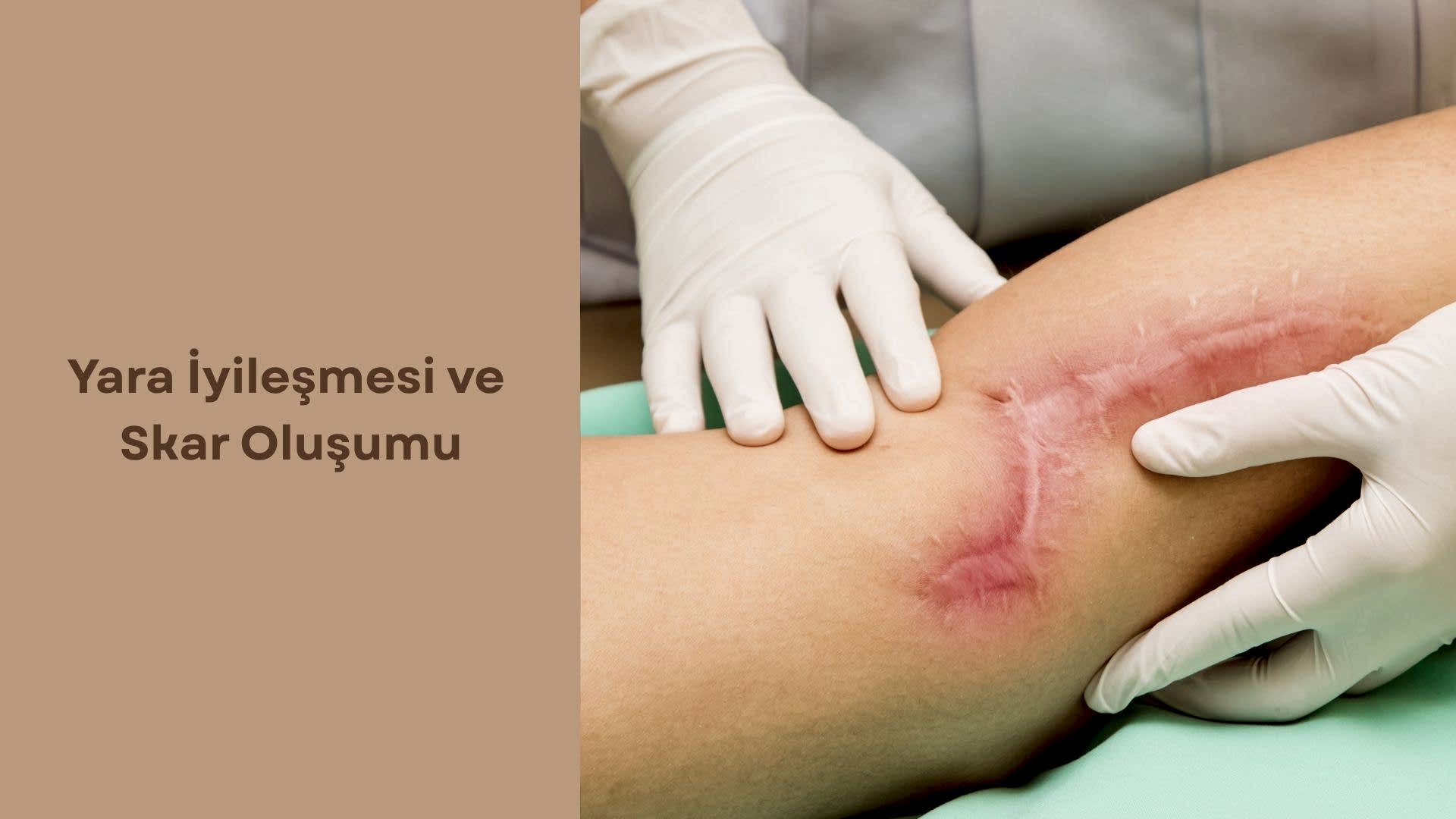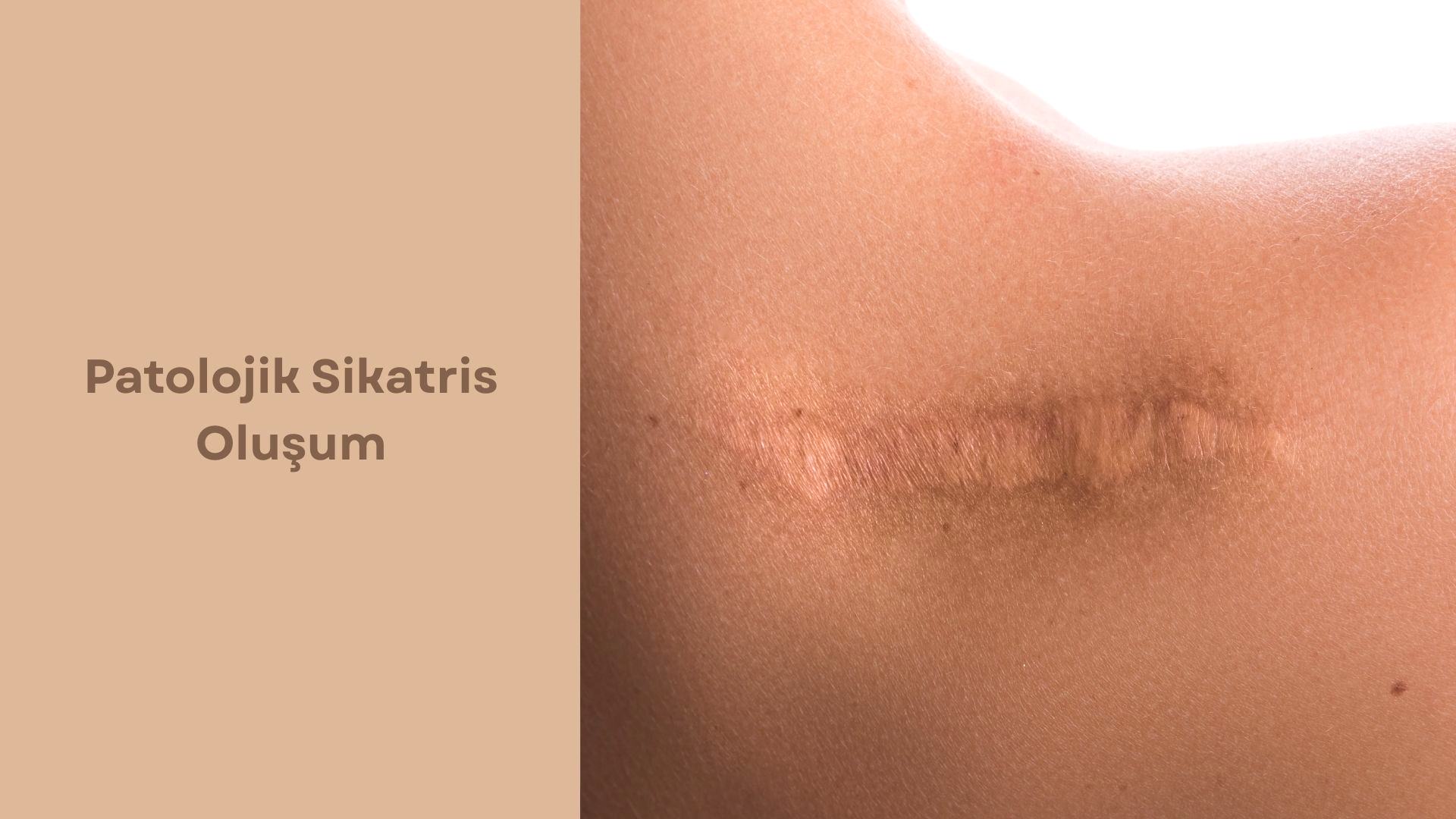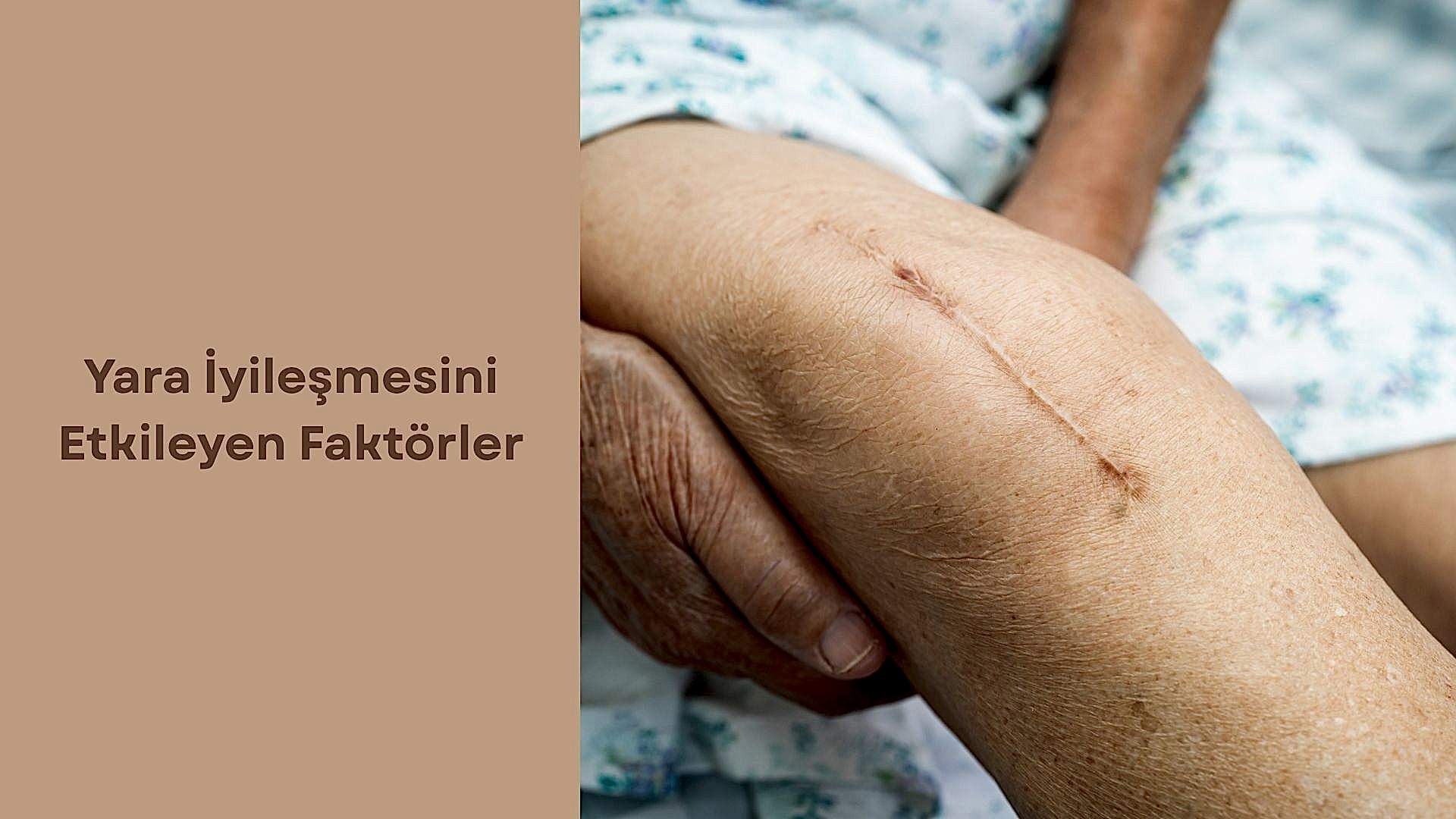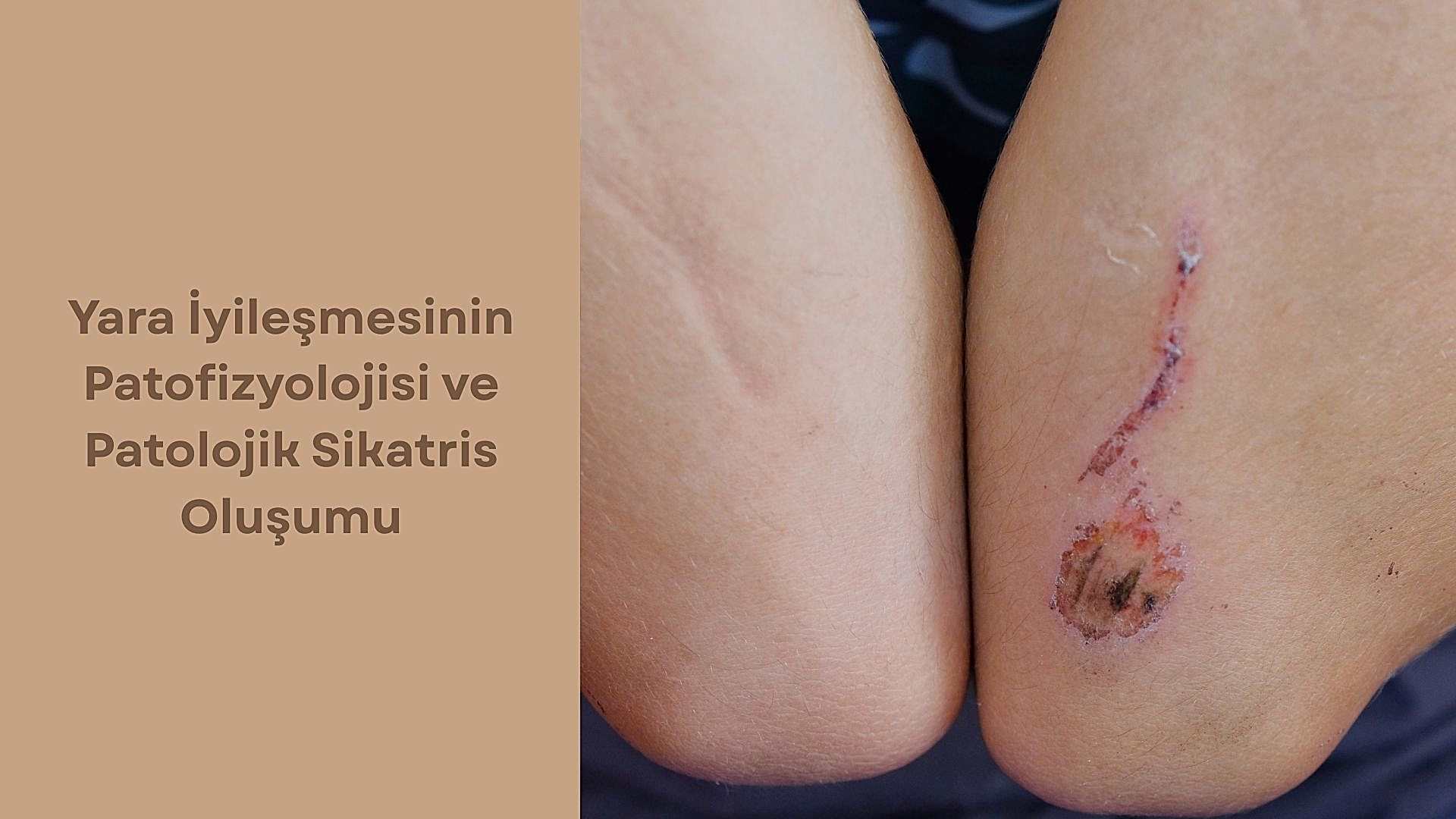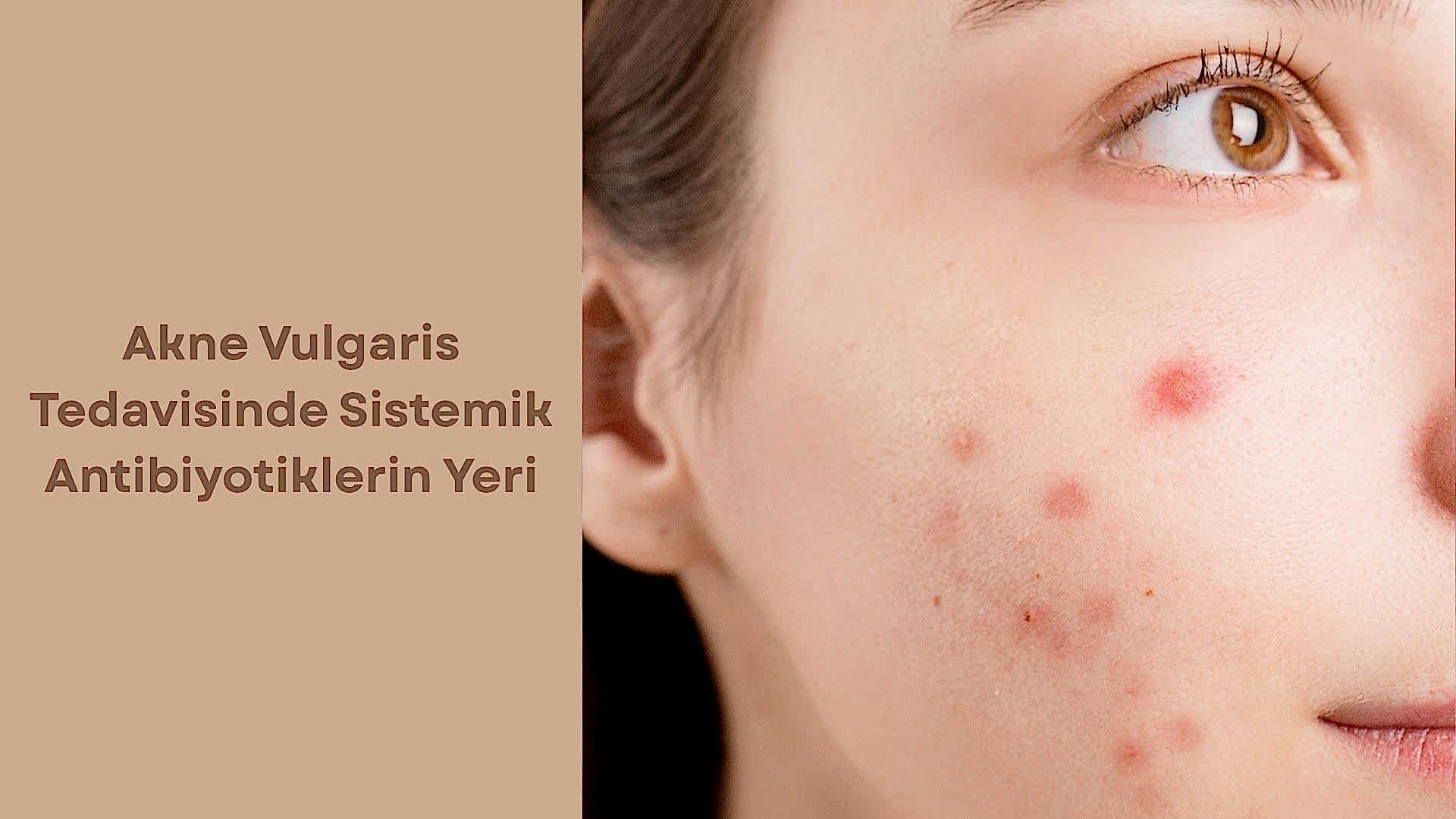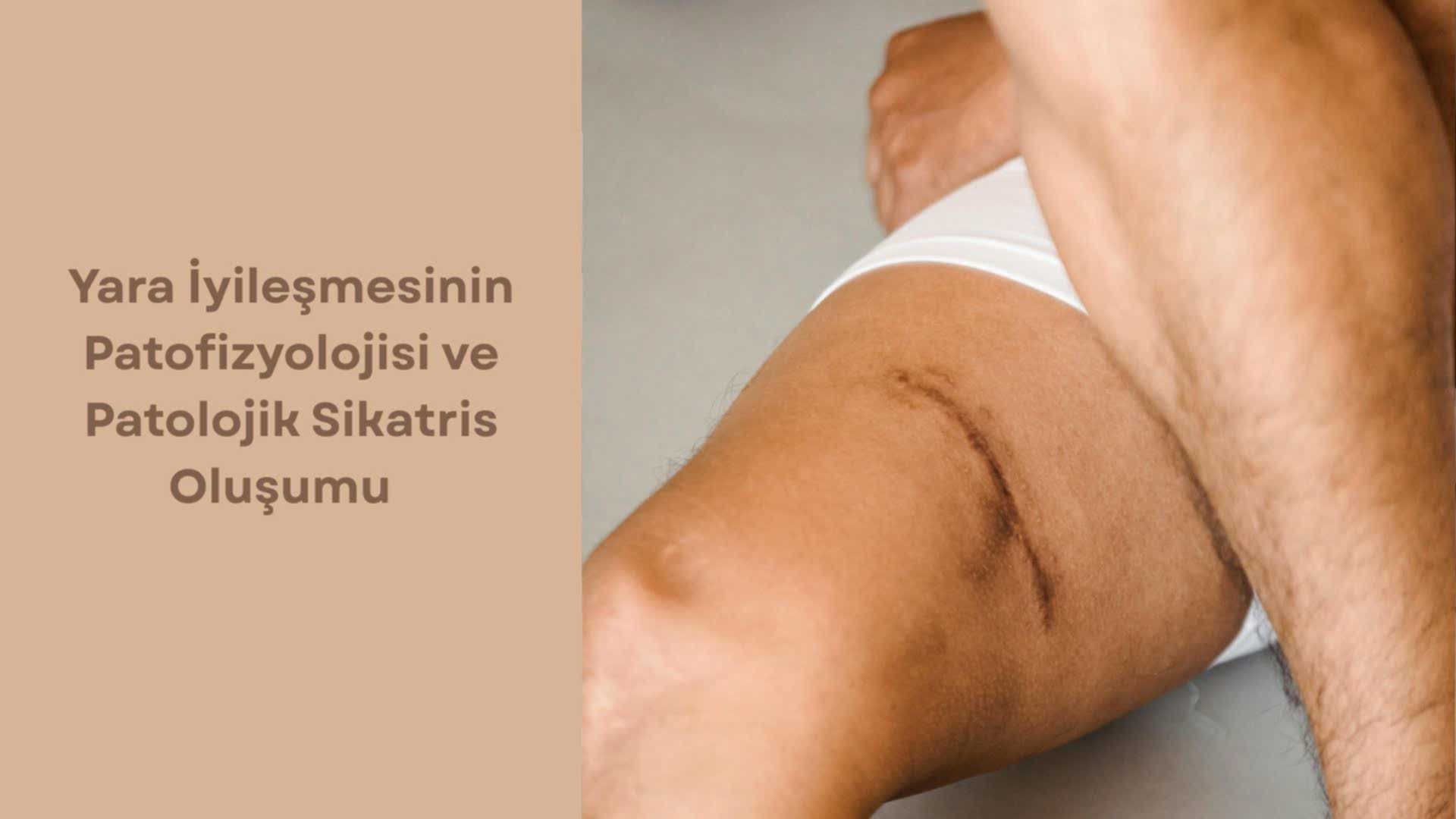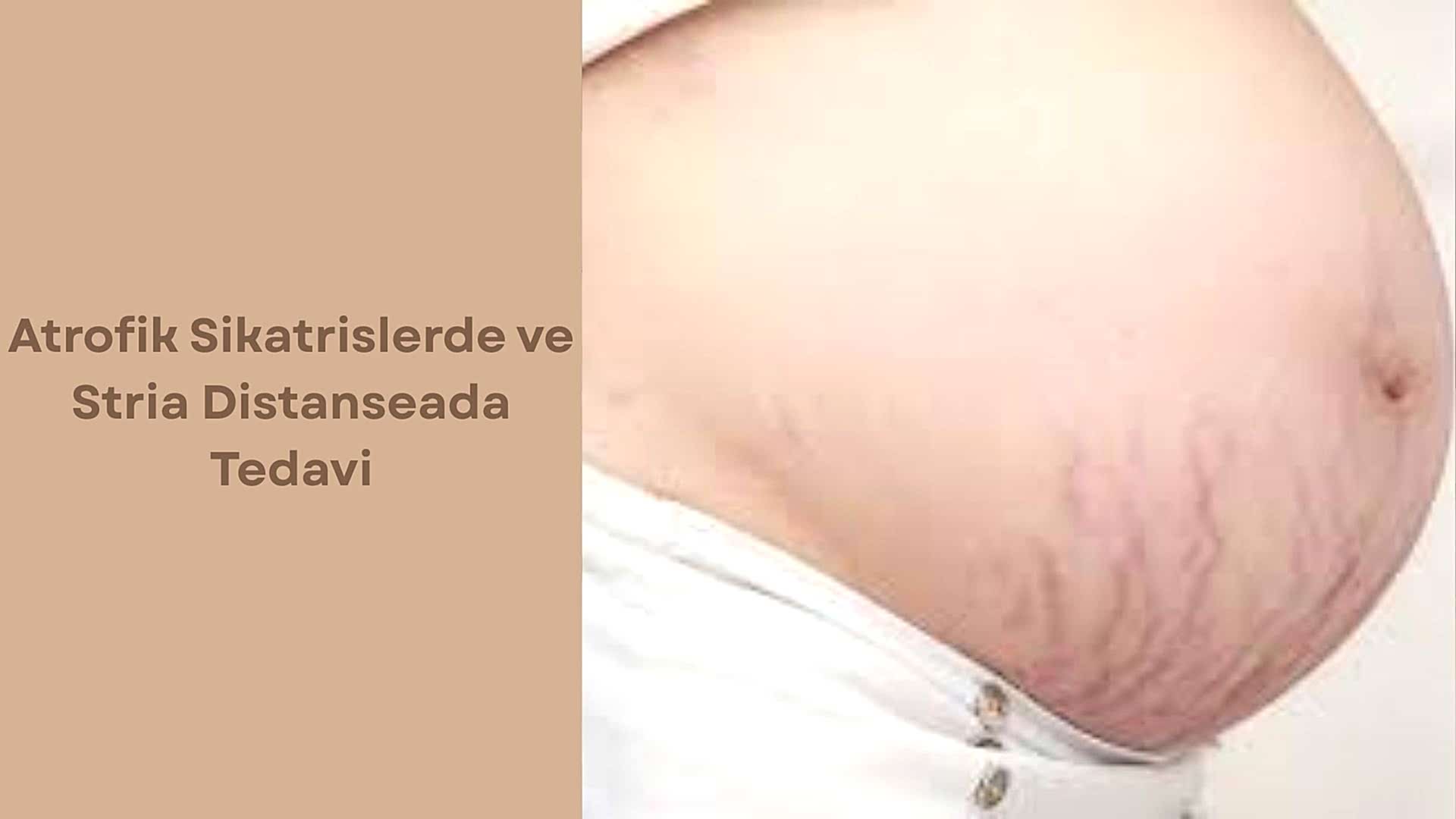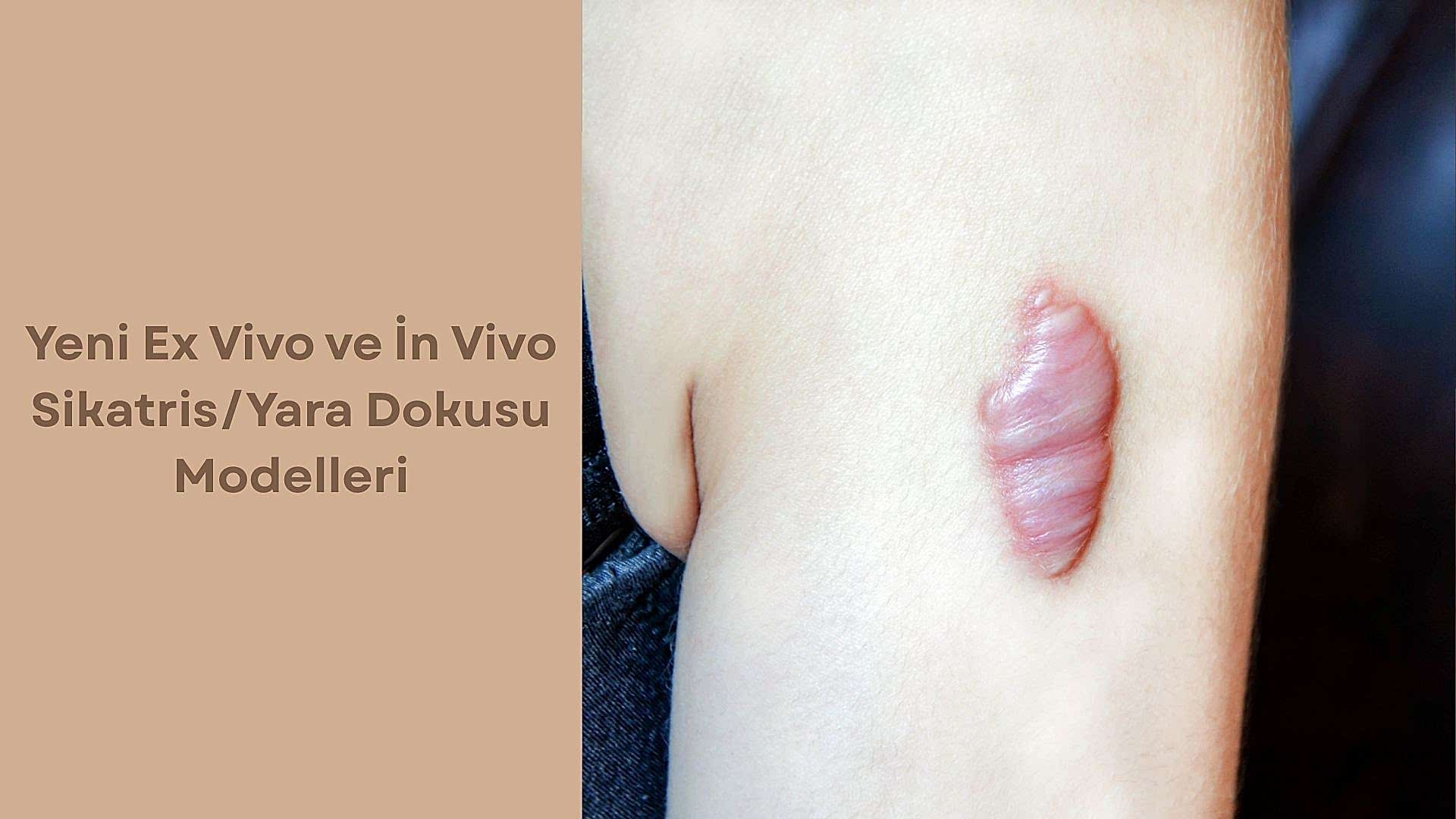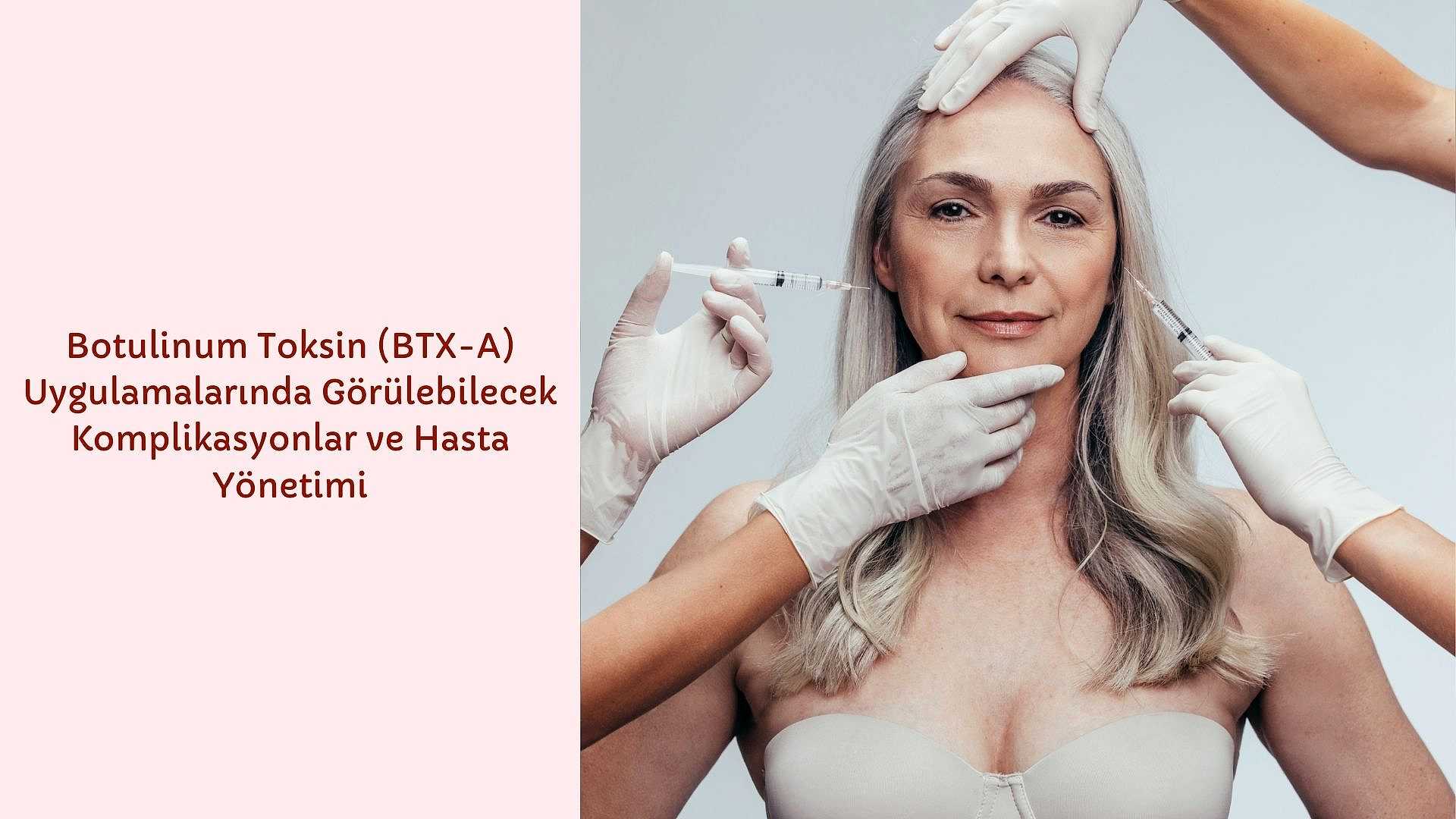Best Laser Treatment for Acne Scars
Pimples (acne) are not only a problem that most people experience during their youth; they can also cause aesthetic and psychological problems by leaving marks (scars) on the skin after healing. Scars that develop after acne sometimes become apparent only in the form of redness or color change (macular scar), and sometimes by creating a depression or bulge in the structure of the skin (atrophic or hypertrophic scar).
How Do Acne Scars Form?
After acne inflammation, an imbalance occurs in collagen production in the skin. Lack of collagen leads to atrophic scars (sunken scars), while excess collagen leads to hypertrophic scars or keloids. Atrophic scars are How Does Laser Treatment Work on Acne Scars?
Laser treatment affects the upper or middle layers of the skin in a controlled manner:
Removes old, damaged tissue,
Increases collagen production in deep tissues,
Enables the skin to restructure itself.
Laser applications are divided into two main groups as ablative (peeling) or non-ablative (deep heating), and conventional or fractional (regional).
Laser Types Used in Acne Scars
1. Conventional Ablative Lasers
CO₂ Laser (10600 nm): Performs deep and effective peeling. The most widely used and considered the "gold standard". It both flattens acne scars and triggers new collagen synthesis. The recovery period is around 2 weeks.
Er:YAG Laser (2940 nm): Works more superficially. Less thermal damage, recovery period varies between 3-8 days.
Advantages: Strong effect, visible results.
Disadvantages: Long healing process, pigment changes and risk of infection.
2. Fractional Ablative Lasers
CO₂, Er:YAG and Er:YSSG fractional systems.
Creates micro damage in the form of small columns on the skin, healthy areas accelerate healing.
Advantages:
Fast healing (3-7 days)
Lower risk of complications
Successful results in moderate-severe atrophic scars
Usage: It is especially effective in boxcar and rolling scar types.
3. Non-Ablative Lasers
Systems such as Nd:YAG (1064 nm, 1320 nm), Diode (1450 nm), Pulse Dye Laser (585-595 nm) are used.
Increases collagen production in the dermis with heat effect without damaging the skin surface.
Advantages:
Epidermis is not damaged
Minimal healing process
Disadvantages:
Its effect is weaker than ablative lasers.
Multiple sessions are required.
It is especially preferred for mild atrophic scars or patients with dark skin types.
4. Non-Ablative Fractional Lasers
1550 nm Erbium fiber laser (such as Fraxel).
It stimulates dermal collagen by creating microthermal damage areas.
More than 50% improvement can be achieved after 5-6 sessions.
It is a safe option especially for patients at risk of pigmentation.
⚡ How is Laser Selection Made?
Scar type (icepick, boxcar, rolling)
Skin type (Fitzpatrick type)
Patient's expectations
Time to allocate for healing period
Economic opportunities
For example:
Rolling scars: Subcision + Fractional laser combination gives good results.
Boxcar scars: Surface smoothing with CO₂ laser is suitable.
Icepick scars: Laser can be applied in combination with punch excision or punch grafting.
What Does Scientific Data Say?
Up to 66.8% improvement in acne scars has been reported with fractional CO₂ laser.
An average satisfaction rate of up to 80% has been achieved in fractional Er:YAG laser treatments.
Over 50% improvement in skin quality has been seen with non-ablative fractional lasers.
The recovery period after CO₂ laser is long, but its effect is the highest.
Things to Consider in Laser Treatments
Sun protection is essential after the procedure.
There may be temporary redness, pigment changes or, rarely, a risk of scarring on the skin.
Careful selection should be made especially in dark skin.
Acne treatment should be completed first in those with active acne.
✨ Conclusion
Laser treatment can significantly reduce the appearance of acne scars and make the skin look smoother and healthier. High success rates can be achieved by applying the appropriate type of laser to the right patient in the right way. However, as with every treatment, instead of expecting a miracle, it would be a more realistic approach to aim for maximum recovery.
You can apply to Private Ankara Life Polyclinic to see Dr. Fatma Yıldız for expert support in the treatment of acne scars.
